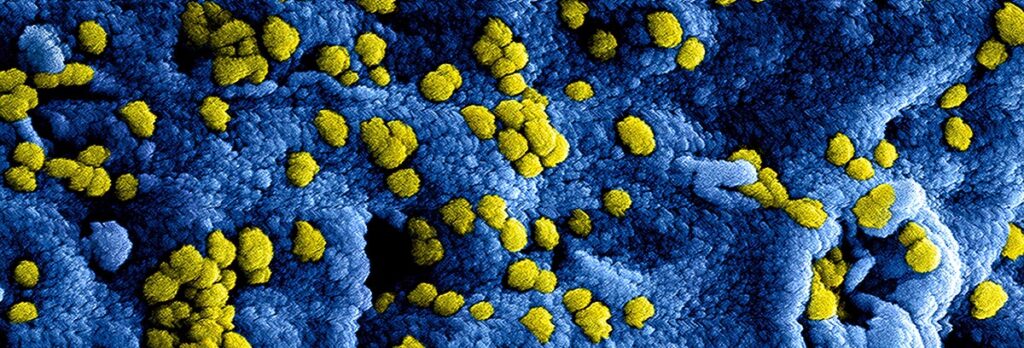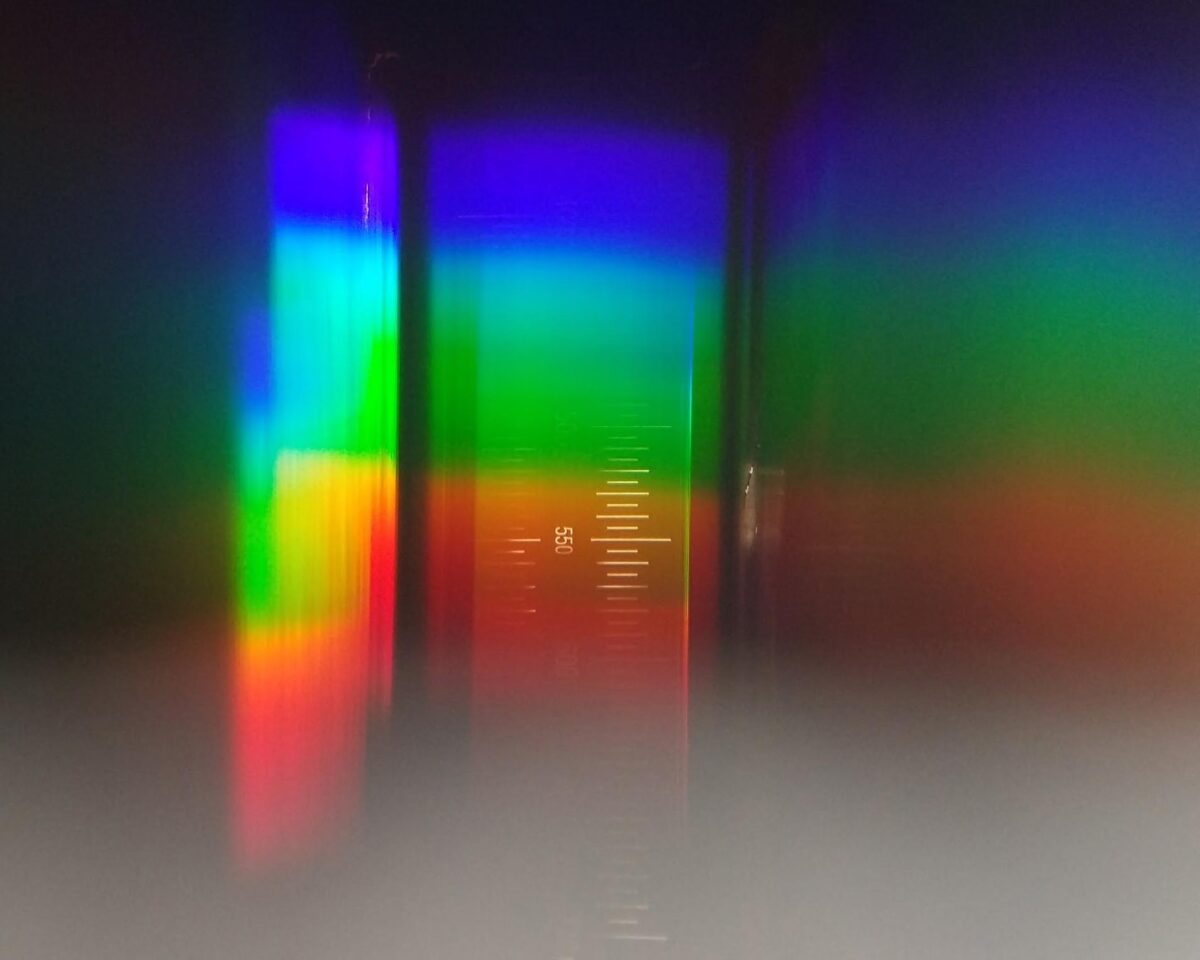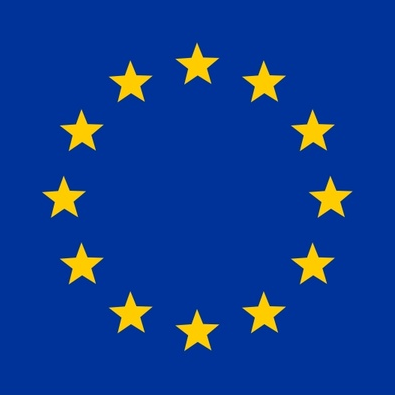- How can you explain germicidal UV doses?
- Which wavelengths are effective in disinfection?
- Which UV light source technologies are available today?
- How can I measure UV and effectiveness?
These questions and many more are answered in a recent free-to-download publication from the Lighting Research Center (LRC – USA). This highly recommendable 55-page online document is called “Lighting Answers: UV Disinfection Products” and can be downloaded here.
This online publication includes information on products that produce optical radiation at specific ultraviolet (UV) or very short visible wavelengths, designed for use in disinfecting indoor building surfaces and/or air. Three key aspects of UV disinfection are considered throughout the document: product effectiveness, radiation safety and energy use in buildings.
Germicidal UV topics
This valuable and easy-to-read publication is organized into a Q&A format. Questions were developed based on the results of a survey sent by the LRC to lighting stakeholders in June 2020. Many aspects are discussed
- Wavelengths
- Key characteristics of UV disinfection products
- Field measurements
- Available codes and regulations.

The publication also provides a guide for professionals who are considering the specification of UV disinfection products in buildings. This includes a discussion on selecting the dose of UV radiation needed to inactivate various types of pathogens (viruses, bacteria, or fungi).
Finally, LRC tested 12 UV disinfection products, representing a variety of product types. This results are presented and analysed. The analysis includes a review of manufacturer claims of product performance as well as LRC evaluation of other key attributes of product performance.
The report was sponsored by the Lighting Energy Alliance, the McClung Lighting Research Foundation, and the New York State Energy Research and Development Authority (NYSERDA).
Read more about germicidal UV and Viso UV measurement solutions here.


